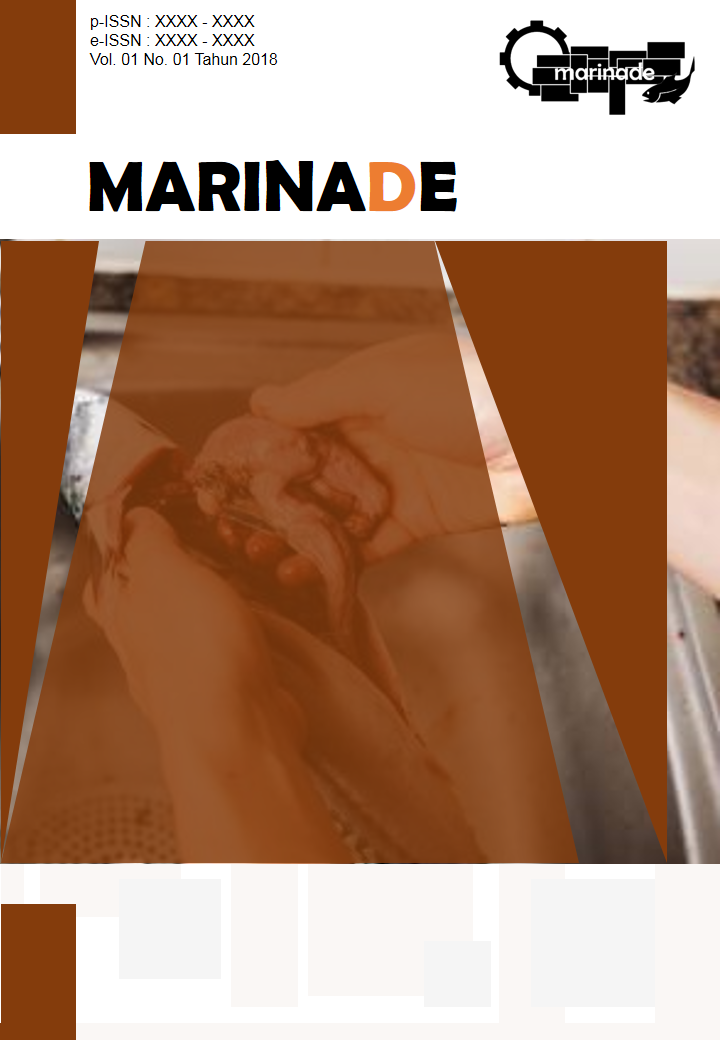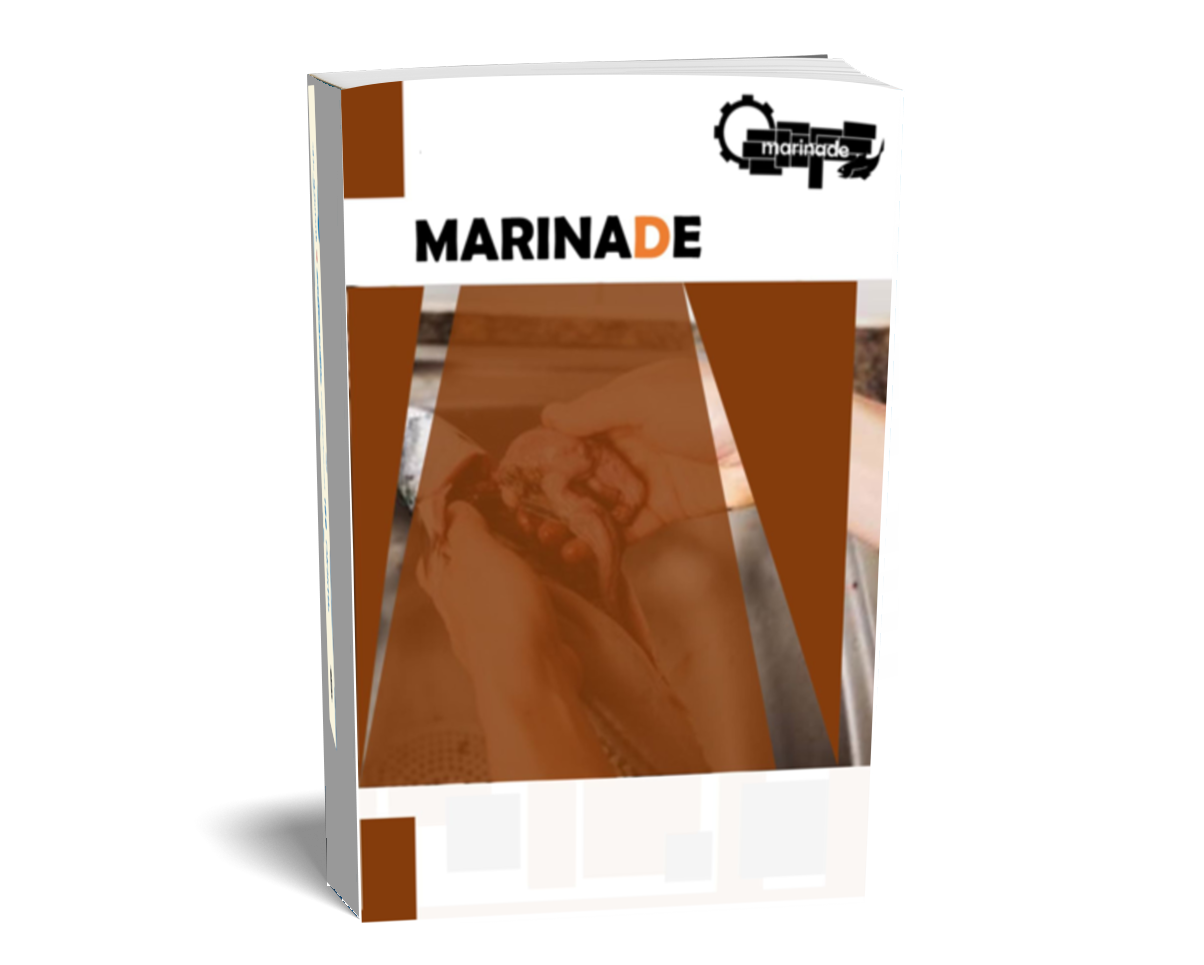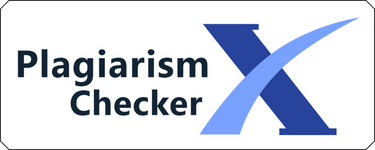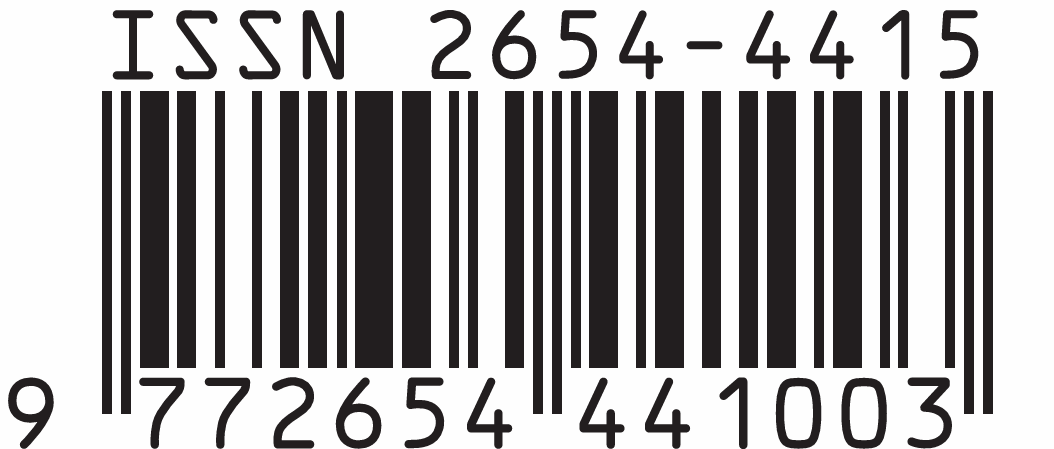STUDI KADAR LOGAM BERAT TIMBAL (Pb) PADA KERANG HIJAU (Perna viridis) DI WILAYAH NGEMBOH, GRESIK DAN PPDI PELABUHAN PERIKANAN NUSANTARA BRONDONG, LAMONGAN, JAWATIMUR
DOI:
https://doi.org/10.31629/marinade.v4i1.3408Keywords:
content of lead (Pb), green shells, water pollutionAbstract
Marine pollution occurs due to the entry of industrial waste containing chemicals into the aquatic will cause changes to its ecological conditions. Pollutants contained in the waste are in the form of sediment nutrients, pesticides, pathogenic organisms, waste and heavy metals. The purpose of this study was to determine the content of heavy metal Pb in green mussels (Perna viridis), water, and sediments in the Ngemboh, Gresik area and in the waters of the Nusantara Brondong Fishery Port, Lamongan, East Java. The research is observational research with analysis data using linear regression, simple correlation (pearson) and ANOVA. The data collection was carried out by purposive random sampling. The heavy metal content of lead (Pb) in green mussels in Ngemboh waters, Gresik has a heavy metal content of lead (Pb) of 0.871 ppm, 0.199 ppm, 0.161 ppm. The cause of the high content of heavy metal lead (Pb) at station 1 is because it is close to the mouth of the Ngemboh river, where both organic and inorganic waste originate from local residents. Meanwhile, the content of the heavy metal lead (Pb) in green mussels in the waters of the Indonesian fishing port in the archipelago of Brondong, Lamongan, has various values. The values of heavy metal lead (Pb) at both stations were 0.37 ppm and 0.053 ppm. The content of heavy metal lead (Pb) in green mussels has not exceeded the threshold specified in SNI 01-7387-2009, which means that green mussels are still fit for consumption.
Downloads
Downloads
Published
Issue
Section
License
You are free to:
- Share — copy and redistribute the material in any medium or format for any purpose, even commercially.
- Adapt — remix, transform, and build upon the material for any purpose, even commercially.
- The licensor cannot revoke these freedoms as long as you follow the license terms.
Under the following terms:
- Attribution — You must give appropriate credit, provide a link to the license, and indicate if changes were made . You may do so in any reasonable manner, but not in any way that suggests the licensor endorses you or your use.
- ShareAlike — If you remix, transform, or build upon the material, you must distribute your contributions under the same license as the original.
- No additional restrictions — You may not apply legal terms or technological measures that legally restrict others from doing anything the license permits.













